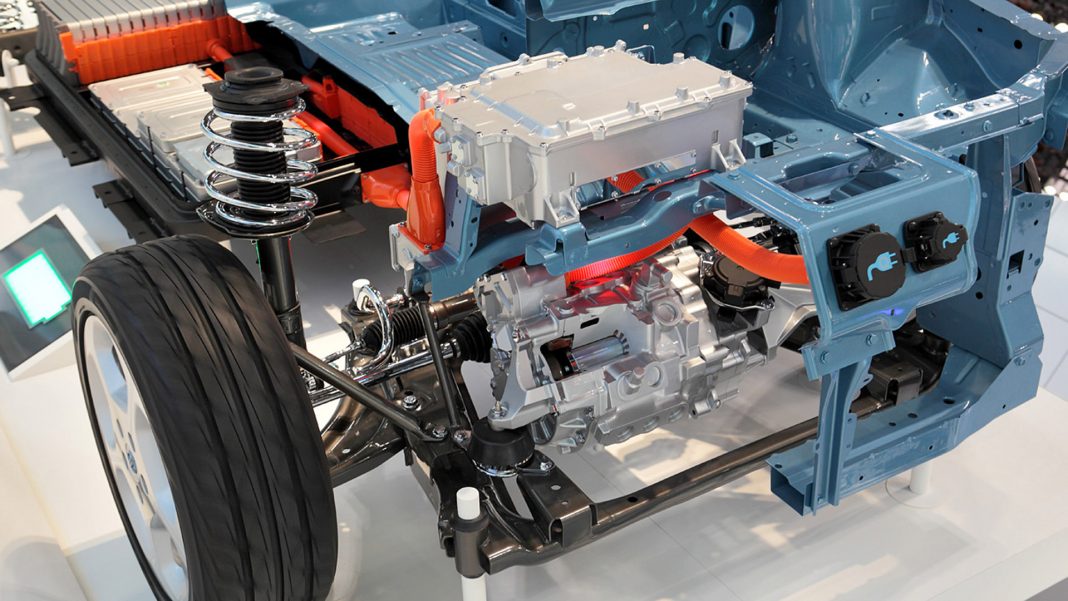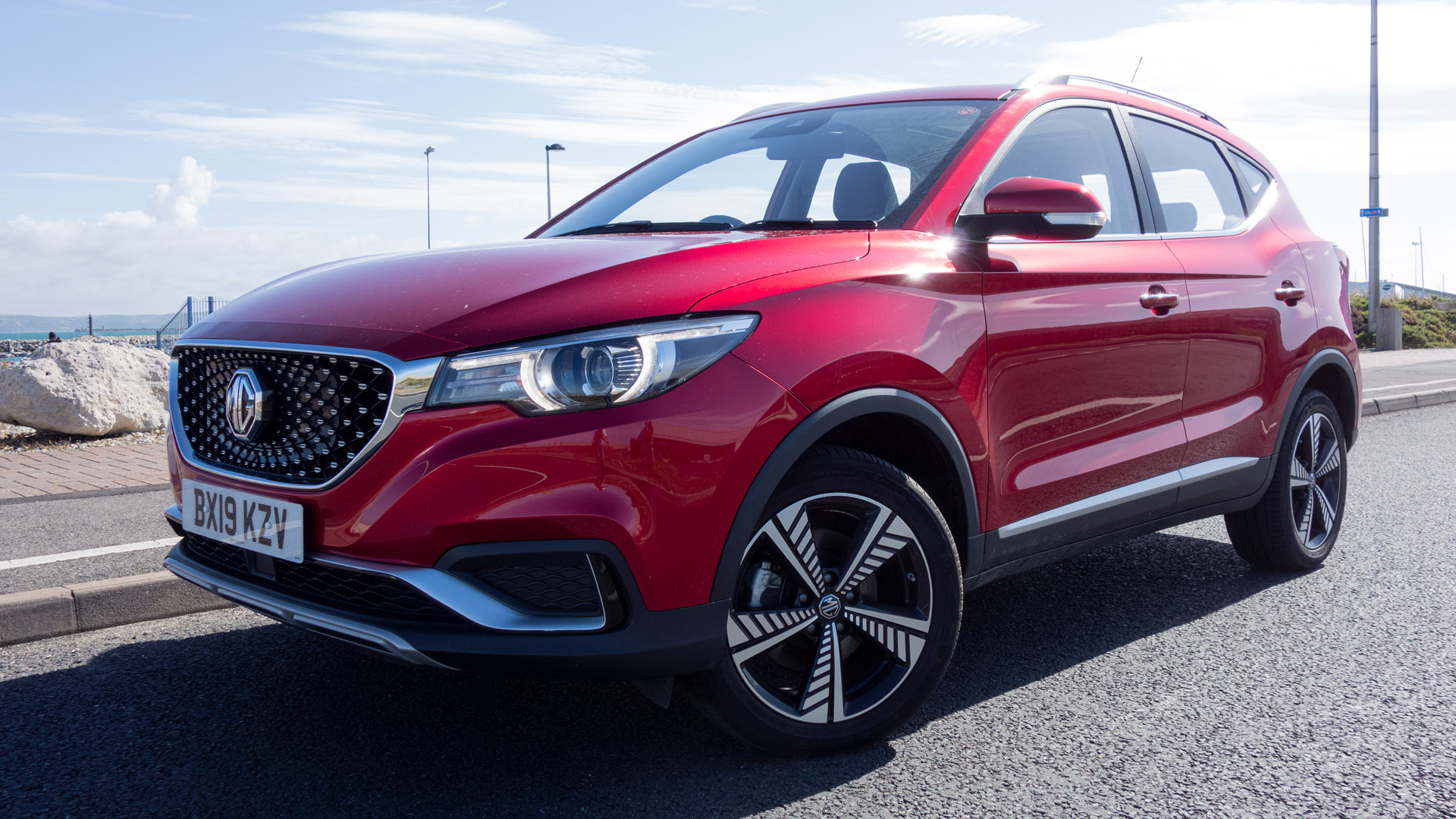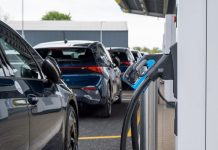We are slowly starting to give up our combustion habits, but still, the majority haven’t yet fully embraced electric vehicles. The UK’s vision for a green future has – like everything else – been put on hold due to the coronavirus outbreak and the resultant lockdown, and when it eventually subsides, we will be facing something of a new start with various, divergent paths to choose from.
Which direction will the UK take? How will we stimulate business? While the UK economy avoids support, for now, strategic investment in the right sectors will be vital to allow us to come out fighting. It’s no surprise that here at TotallyEV, we believe investing in the EV sector is the one to galvanise the nation, where it’ll position the country as a leader in low-carbon transportation.
Read next: What is an EV? Everything you need to know about hybrid and electric vehicles
TotallyEV reached out to Richie Frost, Founder and CEO at Sprint Power, to comment on areas of the EV sector in which the UK must invest in if we are to successfully lead the charge.
“There would be a significant opportunity for investment in EVs, even if they didn’t have their green credentials – purely through jobs, growth and revenue,” says Frost. “With the added benefits of reducing pollution in our cities, reducing greenhouse emissions, and saving people money on running costs such as fuel and road tax, it has become a no-brainer.”
Formed in 2018, Sprint Power develops components and powertrains for EVs including electric motors and battery systems. Along with integrating these products reliably and efficiently into its clients’ vehicles, it also provides consultancy services to OEMs looking to develop their own intellectual property.
Read next: MG ZS EV review: An affordable all-electric SUV
Invest in a comprehensive charging infrastructure
In order to successfully attract more people to EV ownership, the UK’s charging infrastructure will need to be substantially expanded. Range anxiety remains a concern for the majority of internal combustion engine users; these drivers are used to conveniently pulling into a petrol station and quickly filling their car up with fuel.
With dedicated EV charging stations still a rare sight on UK roads, and charging pods often unavailable due to high demand, investment in comprehensive national charging infrastructure is essential. Only when there are plentiful and reliable public charging stations will many drivers be persuaded to switch to an EV.
Buy a car phone mount on Amazon (Affiliate)
Frost agrees: “Charging is key. It’s the main obstacle to EV ownership, especially for people without a driveway. We need a comprehensive, intuitive and well-maintained public charging network. Without it, the EV proposition is undermined.”
Encouragingly, the UK government has recently set aside £12 billion for EV development and charging technologies, and £10 million for on-street charging points. Part of this is investigating the viability of ‘wireless charging’, where a vehicle’s batteries can be topped-up without the need for cables.
Sprint Power is working to improve this technology by developing wireless charging modules for taxis and light commercial vehicles. It’s producing custom interface modules and software, together with bespoke integration kits for each vehicle type to demonstrate the suitability of wireless charging technology on UK roads. Trials of these ‘inductive charging’ systems are due to start very soon in Nottingham.
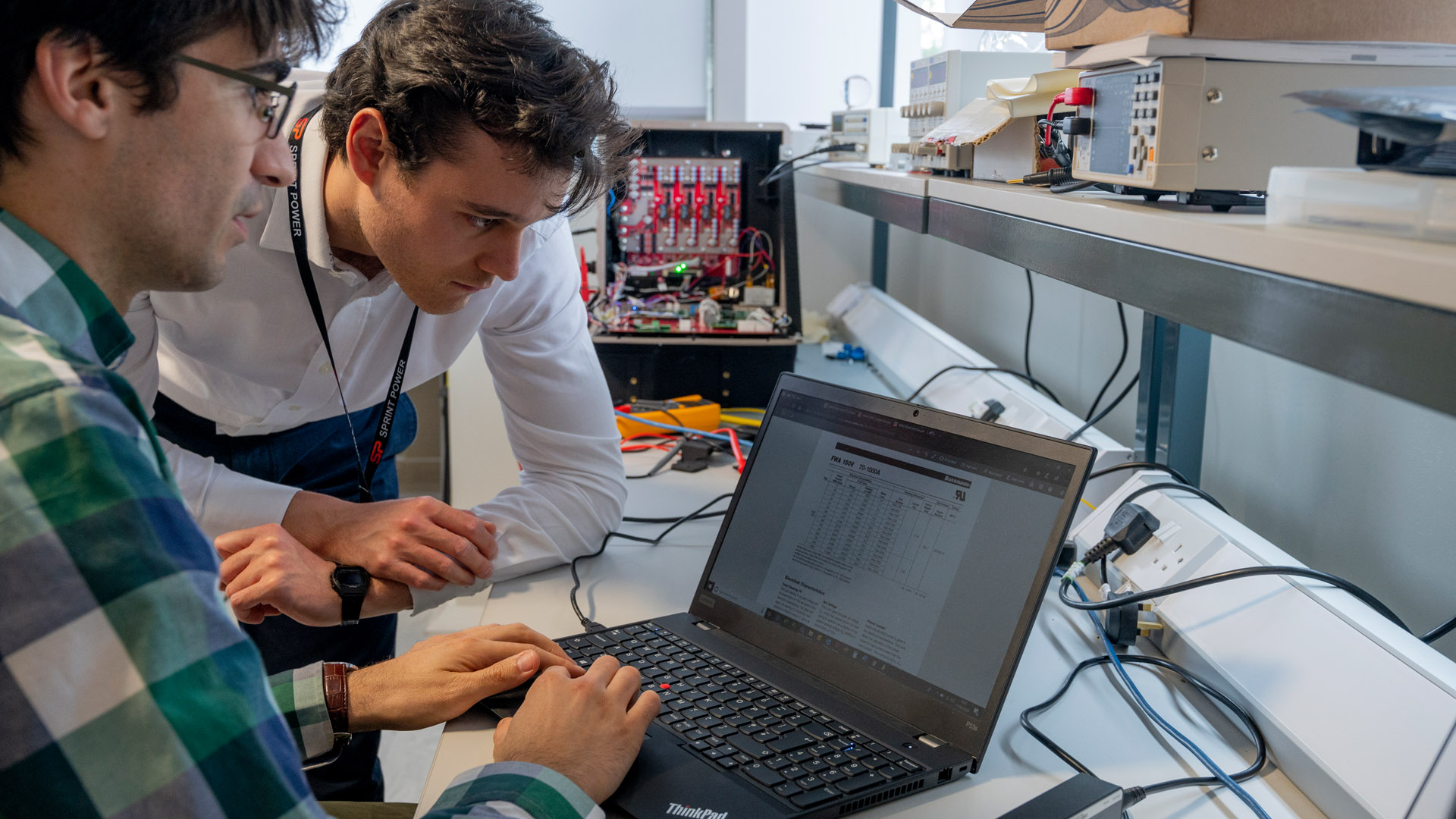
This work has been funded by a multi-million-pound grant from Innovate UK, a non-departmental public body funded by the government and designed to drive research and development into new technologies. Broader strategies in Whitehall include the government’s Road to Zero strategy.
One element of the initiative sets out the ambition that as many as 70% of new cars sold in the UK will be of the ultra-low emission variety by 2030. Just five years later, the government plans to ban sales of internal combustion-engined vehicles completely.
Read next: Government car grant for electric cars: A complete guide on the PICG
Invest in higher voltages
The majority of today’s EVs are equipped with 400V systems, sufficient in delivering the power requirements of typical eDrive systems. Only motorsport and supercar applications have tended to feature drivetrains equipped with higher voltages.
To enable rapid charging and avoid expensive on-board power electronics, future EV architectures will need a system voltage to match that of rapid chargers. If the UK’s low carbon vehicle engineering sector focused on developing 800V systems for widespread use, costs would come down and the UK would be in a better place to serve the upcoming needs of vehicle manufacturers and their next-generation line-up of EVs.

Frost warns: “The challenges will be that high voltage ancillaries such as A/C compressors, heaters, chargers, battery management systems and inverters will all need developing to transition to higher voltage systems, avoid step-down converters and enable simplified electrical architectures. Therefore, investing in all of these systems will be necessary in order to offer manufacturers a complete solution”.
Read next: BMW X5 xDrive45e M Sport first drive: A 394hp plug-in hybrid SUV
Invest in UK manufacturing and supply chains
The automotive industry is more global today than it has ever been before. Over the years, more and more production has been shifted to countries with lower labour rates, compared to the higher labour rates enjoyed here in the UK.
The ramp-up in EV production is likely to have one of the most profound effects on the automotive supply chain that the industry has seen since the birth of the automobile. While low-cost countries benefited from the commodification of a large number of petrol and diesel engine driveline components, the simplicity of an EV driveline and its dependence on high-quality components could throw the global supply chain into some turmoil.

Modern EV powertrains feature far fewer components than combustion-engined versions, with most being made up of approximately 45 parts. With the high-tech nature of EV motors and their mass for shipping, many in the industry think that we will see more motor production in more high labour cost countries, such as in the UK and Europe. Investing now and developing a comprehensive EV supply chain and manufacturing base will help to attract motor manufacturers far and wide.
Of course, the need to reduce component and manufacturing costs will still continue. In recent decades, the UK and Europe have been at the forefront of manufacturing premium vehicles for the global market. As these vehicles demand higher prices, the expectation is that these EVs will continue to be made here, as the higher labour rates will be absorbed by the higher prices of the end product.
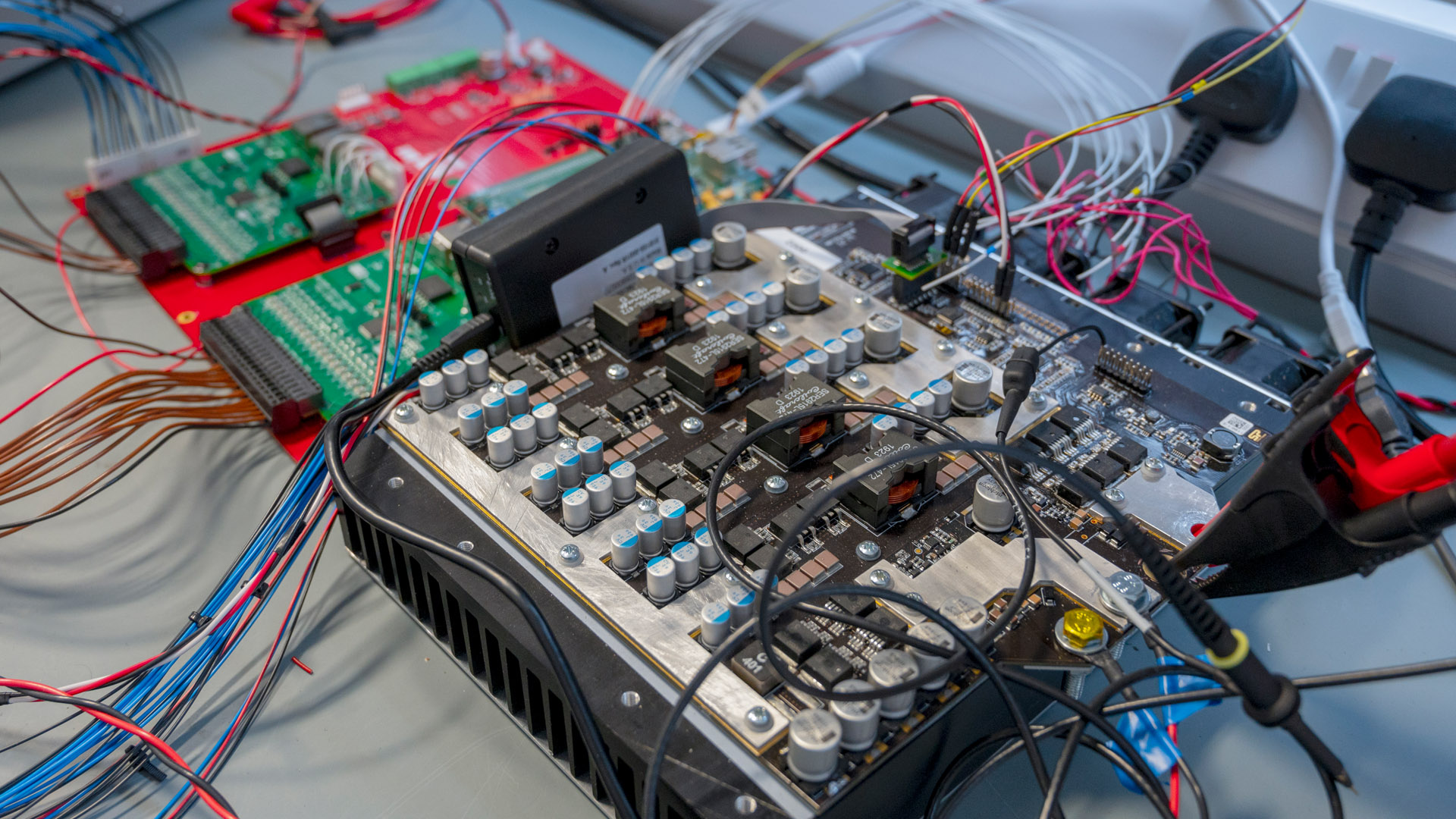
Frost does acknowledge that the difference with EV motor production is the ability to increase the level of automation compared to internal combustion engine production. “The cost of labour may be less critical in the future compared to material, design, manufacturing know-how and intellectual property costs. This may result in less migration of motor manufacture to Asia and other regions where labour rates are lower, assuming the next generation of leading technology is developed here in the UK.”
Buy a car phone mount on Amazon (Affiliate)
It’s easy to revel in our nation’s history of driving change in transport through innovation, but investment and adaptability are key. From the point of view of the economy and the environment, EV momentum must be maintained to ensure the UK can flourish in a new era of low-carbon road transportation.
What do you make of the UK’s EV sector? Let us know in the comments below or via social media – we’re on: YouTube, Instagram, Facebook, Twitter and LinkedIn.

